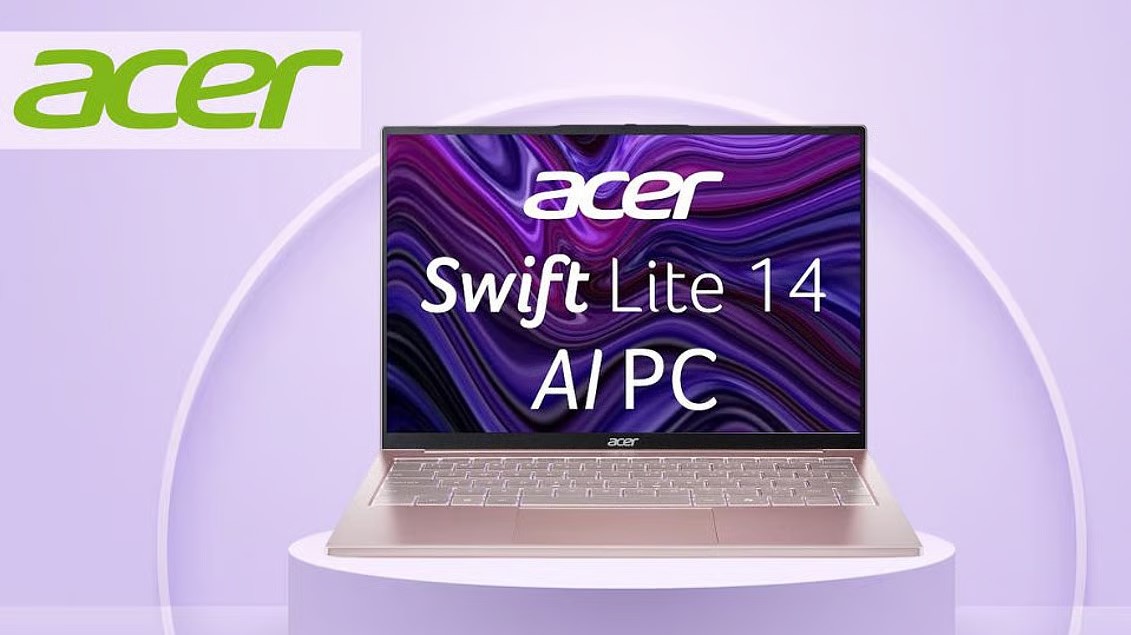Table of Content
- What Is the M5 Chip?
- MacBook Pro M5: Key Features
- 1. Enhanced Performance
- 2. Improved Graphics and Ray Tracing
- 3. Increased Memory Bandwidth
- 4. Extended Battery Life
- Design and Display
- Connectivity and Ports
- AI and Machine Learning Capabilities
- Pricing and Availability
- Comparison: MacBook Pro M5 vs. MacBook Air M4
- Frequently Asked Questions (FAQs)
- Final Thoughts
Apple’s latest innovation, the MacBook Pro powered by the M5 chip, marks a significant leap in computing performance, artificial intelligence (AI) capabilities, and energy efficiency. Unveiled on October 15, 2025, this new iteration of the MacBook Pro promises to redefine the user experience for professionals, creatives, and everyday users alike.
What Is the M5 Chip?
The M5 chip is Apple’s third-generation custom silicon, built on TSMC‘s advanced 3-nanometer (N3P) process. It features a 10-core CPU, a 10-core GPU, and a 16-core Neural Engine, delivering up to 3.5 times faster AI performance and 1.6 times improved graphics over the previous M4 chip.
MacBook Pro M5: Key Features
1. Enhanced Performance
- CPU: The 10-core CPU comprises six efficiency cores and four performance cores, offering up to 15% faster multithreaded performance compared to the M4 chip.
- GPU: The next-generation 10-core GPU, with a Neural Accelerator in each core, delivers over 4 times the peak GPU compute performance, making it ideal for AI workloads and graphics-intensive tasks.
- Neural Engine: The 16-core Neural Engine enables advanced AI tasks, such as real-time language translation and on-device machine learning, with remarkable speed and accuracy.
2. Improved Graphics and Ray Tracing
The M5 chip incorporates a third-generation ray-tracing engine, enhancing graphics performance by up to 45% over the M4 chip. This advancement is particularly beneficial for 3D rendering, gaming, and video editing applications.
3. Increased Memory Bandwidth
With a 30% increase in unified memory bandwidth, the M5 chip supports up to 153GB/s, facilitating smoother multitasking and faster data processing, especially in memory-intensive applications.
4. Extended Battery Life
Despite the significant performance enhancements, the MacBook Pro with M5 chip maintains an impressive battery life of up to 24 hours, ensuring all-day productivity without the need for frequent charging.
Design and Display
The MacBook Pro with M5 chip retains the sleek design and high-resolution Liquid Retina XDR display of its predecessor. It offers vibrant colors, deep blacks, and exceptional brightness levels, making it perfect for creative professionals who require color accuracy and clarity.
Connectivity and Ports
The MacBook Pro continues to offer versatile connectivity options, including:
- Three Thunderbolt 4 ports: For high-speed data transfer and external device connectivity.
- HDMI port: For connecting to external displays and projectors.
- SDXC card slot: Ideal for photographers and videographers to transfer media files.
- Headphone jack: For audio output.
- MagSafe 3 port: For safe and efficient charging.
AI and Machine Learning Capabilities
The M5 chip’s advanced Neural Engine and GPU architecture enable seamless execution of AI tasks directly on the device. Applications such as real-time language translation, on-device machine learning, and AI-powered video editing benefit from the enhanced processing power, reducing reliance on cloud services and ensuring faster, more secure operations.
Pricing and Availability
The MacBook Pro with M5 chip is available in two configurations:
- 16GB RAM / 512GB SSD: Priced at $1,599.
- 24GB RAM / 1TB SSD: Priced at $1,999.
Preorders are currently open, with shipments expected to begin on October 22, 2025.
Comparison: MacBook Pro M5 vs. MacBook Air M4
| Feature | MacBook Pro M5 | MacBook Air M4 |
|---|---|---|
| CPU | 10-core (6 efficiency, 4 performance) | 8-core (4 efficiency, 4 performance) |
| GPU | 10-core with Neural Accelerators | 8-core |
| Neural Engine | 16-core | 16-core |
| Memory Bandwidth | 153GB/s | 120GB/s |
| Battery Life | Up to 24 hours | Up to 18 hours |
| Starting Price | $1,599 | $1,099 |
The MacBook Pro M5 offers superior performance, enhanced graphics, and increased memory bandwidth compared to the MacBook Air M4, making it a better choice for professionals and creatives who require high processing power.
Frequently Asked Questions (FAQs)
What is the M5 chip?
The M5 chip is Apple’s third-generation custom silicon, featuring a 10-core CPU, a 10-core GPU, and a 16-core Neural Engine, delivering significant improvements in performance and AI capabilities over its predecessor, the M4 chip.
How does the MacBook Pro with M5 chip compare to the MacBook Air M4?
The MacBook Pro M5 offers higher CPU and GPU performance, increased memory bandwidth, and longer battery life compared to the MacBook Air M4, making it more suitable for demanding tasks.
What is the battery life of the MacBook Pro with M5 chip?
The MacBook Pro with M5 chip offers up to 24 hours of battery life, allowing for extended usage without the need for frequent charging.
When will the MacBook Pro with M5 chip be available?
Preorders are currently open, with shipments expected to begin on October 22, 2025.
What is the starting price of the MacBook Pro with M5 chip?
The MacBook Pro with M5 chip starts at $1,599 for the 16GB RAM / 512GB SSD configuration.
Final Thoughts
The MacBook Pro with M5 chip represents a significant advancement in Apple’s laptop lineup, offering enhanced performance, superior graphics capabilities, and extended battery life. Whether you’re a professional working on complex tasks, a creative seeking powerful tools, or an everyday user desiring a reliable and efficient laptop, the MacBook Pro with M5 chip caters to a wide range of needs. With its impressive specifications and features, it stands as a testament to Apple’s commitment to innovation and excellence in computing technology.
Also Read:
ROG Strix Scar 16 (2025): Elite Gaming Power
Dell 16 Plus with Ryzen AI 300: Big and Powerful
Follow Multimediaon Instantkhoj for more latest stories and trending topics.




